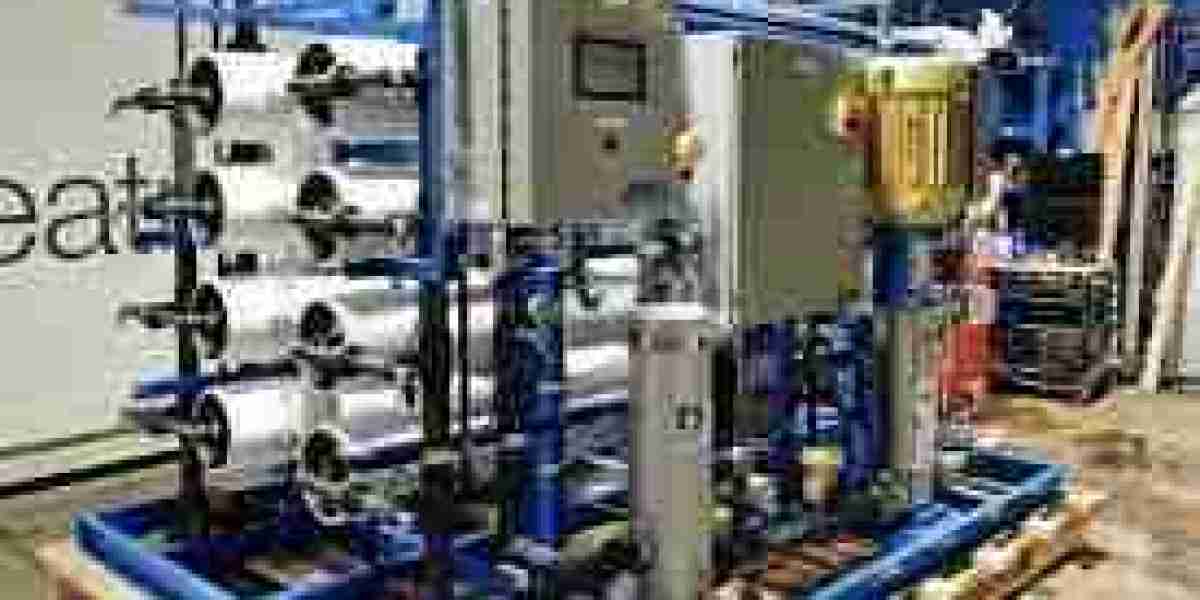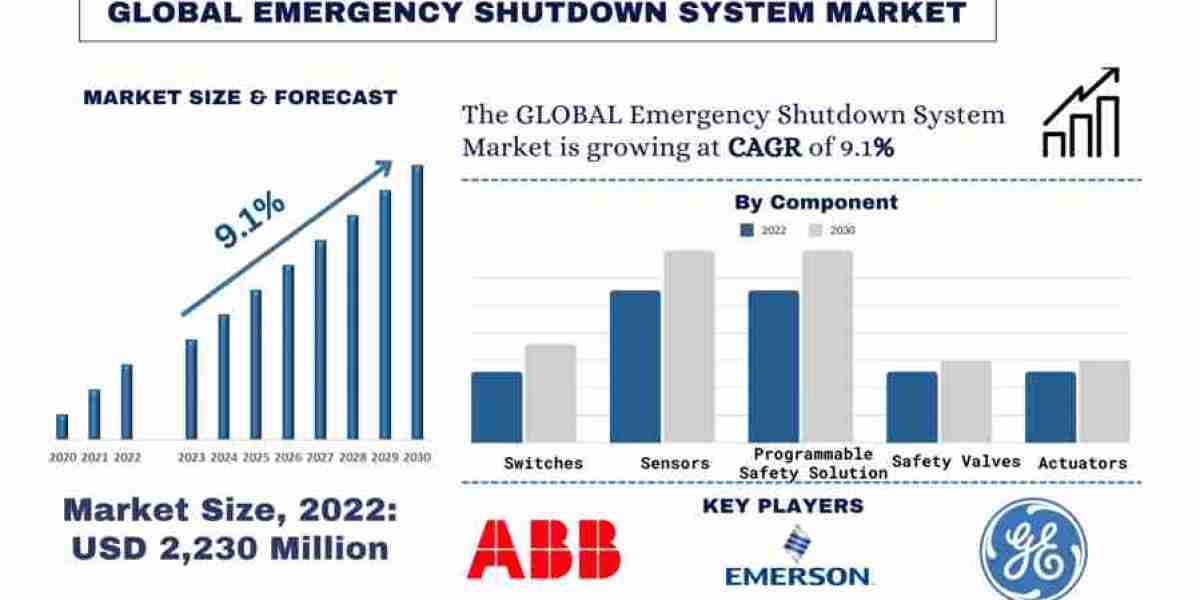The reverse osmosis membrane market has become a pivotal component of the global water purification and filtration industry. Driven by rising water scarcity, increasing demand for clean and safe drinking water, and the growth of industrial applications, the market has seen considerable development. As water becomes an increasingly precious resource, especially in arid and heavily populated regions, reverse osmosis technology is being adopted as an essential solution for desalination, wastewater treatment, and water reuse. This article analyzes the market landscape with a focus on technological advancements and regional growth dynamics, both of which are crucial for understanding the current and future trajectory of the RO membrane sector.
Market Overview
The global reverse osmosis membrane market is projected to grow at a robust pace over the next decade, fueled by urbanization, environmental regulations, and increasing investments in water infrastructure. RO membranes are semi-permeable membranes that remove dissolved salts, microorganisms, and organic substances from water through pressure-driven separation. Their use is prevalent across municipal, industrial, and residential sectors, with applications in seawater desalination, boiler feedwater treatment, food and beverage production, and pharmaceuticals.
Technological Advancements in RO Membranes
Technological innovation is at the heart of the RO membrane market's expansion. Manufacturers are focusing on improving membrane performance, durability, and energy efficiency to meet evolving customer demands and environmental standards.
1. Enhanced Membrane Materials
Traditionally, polyamide thin-film composite (TFC) membranes have dominated the market due to their high salt rejection and mechanical strength. However, next-generation membranes are being developed using graphene oxide, cellulose nanofibers, and aquaporin-based biomimetic materials, which offer superior permeability, fouling resistance, and reduced energy consumption.
2. Low-Energy and High-Flow Membranes
Modern RO membranes are increasingly designed to operate at lower pressures without compromising filtration efficiency. These low-energy membranes reduce the energy required for desalination and water purification, leading to lower operating costs. Simultaneously, high-flow membranes increase productivity, allowing for higher throughput and more efficient system performance.
3. Anti-Fouling and Chlorine-Resistant Coatings
Biofouling and chemical degradation are major issues that reduce membrane life and efficiency. New coating technologies, including hydrophilic layers and antimicrobial surface treatments, are being applied to combat fouling and improve longevity. Additionally, chlorine-tolerant membranes are emerging, addressing the challenge of maintaining membrane integrity in harsh chemical environments.
4. Smart Monitoring and Integration
The integration of smart sensors and Internet of Things (IoT) technology into RO systems is gaining momentum. Real-time monitoring of membrane performance, pressure, and flow rates enables predictive maintenance and helps reduce downtime. Digital control systems also optimize energy usage and operational efficiency, making RO systems more cost-effective and sustainable.
Regional Growth Dynamics
Growth in the RO membrane market varies by region, influenced by local water challenges, industrial development, regulatory frameworks, and investment in water infrastructure.
1. Asia-Pacific: Rapid Urbanization and Industrial Expansion
The Asia-Pacific region is the fastest-growing market for RO membranes. Countries like China, India, Japan, and South Korea are investing heavily in water treatment facilities to meet the needs of expanding urban populations and industrial sectors. Water pollution, limited freshwater availability, and the push for sustainable water management have made RO technology a key solution in the region. Government initiatives, such as India’s Jal Jeevan Mission, further fuel demand for domestic and municipal water purification systems.
2. Middle East and Africa: Desalination as a Lifeline
The Middle East and Africa (MEA) region is one of the most prominent adopters of reverse osmosis membranes due to extreme water scarcity. Countries such as Saudi Arabia, the United Arab Emirates, and Israel have invested significantly in large-scale desalination plants powered by RO technology. The shift from thermal to membrane-based desalination methods is notable, given the lower energy consumption and environmental impact of RO systems. MEA continues to lead in desalination capacity, with future growth expected to remain strong.
3. North America: Technological Leadership and Industrial Applications
North America, particularly the United States, has a well-established market for RO membranes, characterized by technological innovation and diverse applications. While residential and municipal water treatment systems remain important, industrial sectors—such as oil and gas, food and beverage, and pharmaceuticals—are major consumers of RO membranes. The region also leads in R&D investment, driving advancements in membrane performance and sustainability. Additionally, concerns about contaminants like PFAS and microplastics are prompting the adoption of advanced RO systems.
4. Europe: Environmental Regulations and Sustainability Goals
In Europe, environmental protection and water conservation are strong market drivers. Strict EU regulations on water quality, industrial wastewater discharge, and circular economy principles are promoting the adoption of reverse osmosis membranes. Countries such as Germany, France, and the Netherlands are deploying RO systems for both drinking water treatment and industrial reuse. Moreover, the European focus on energy efficiency aligns with the development of low-energy RO membranes and green desalination technologies.
Conclusion
The reverse osmosis membrane market is evolving rapidly, shaped by technological innovation and regional demand variations. As clean water becomes increasingly critical for health, industrial processes, and environmental sustainability, the role of RO membranes will continue to expand. Technological advancements—such as more efficient, durable, and smart-enabled membranes—are reducing operational costs and environmental impacts, making RO systems more accessible and effective. Simultaneously, regional growth dynamics reflect a strong demand across emerging economies and water-stressed regions.




